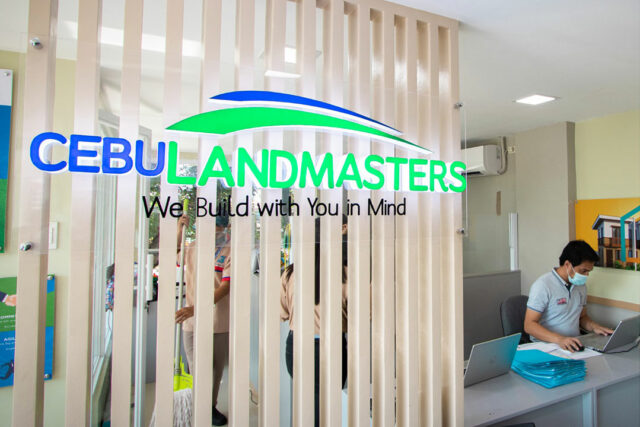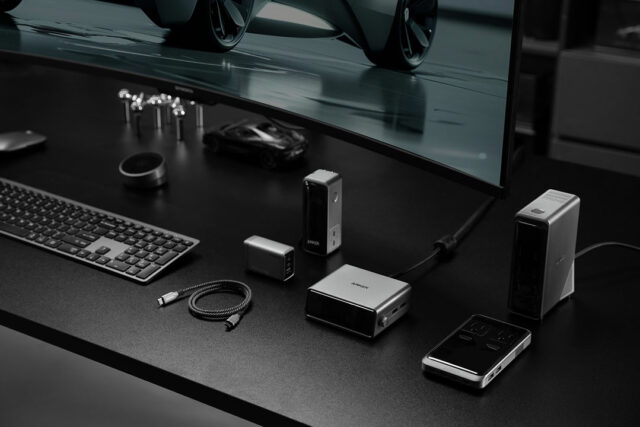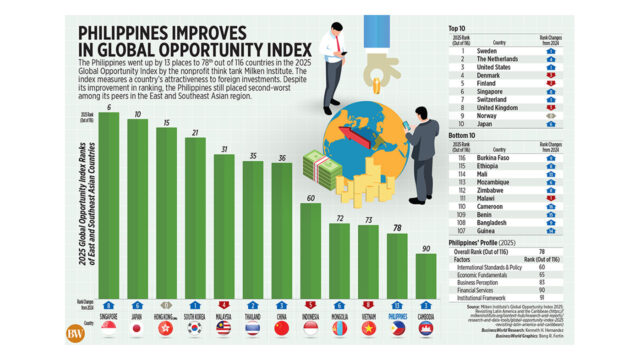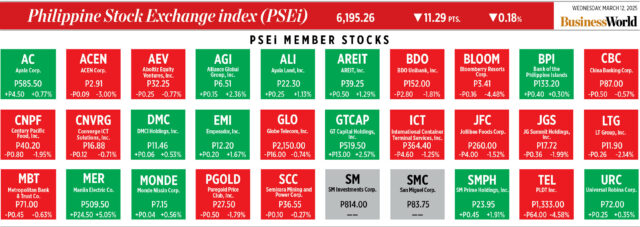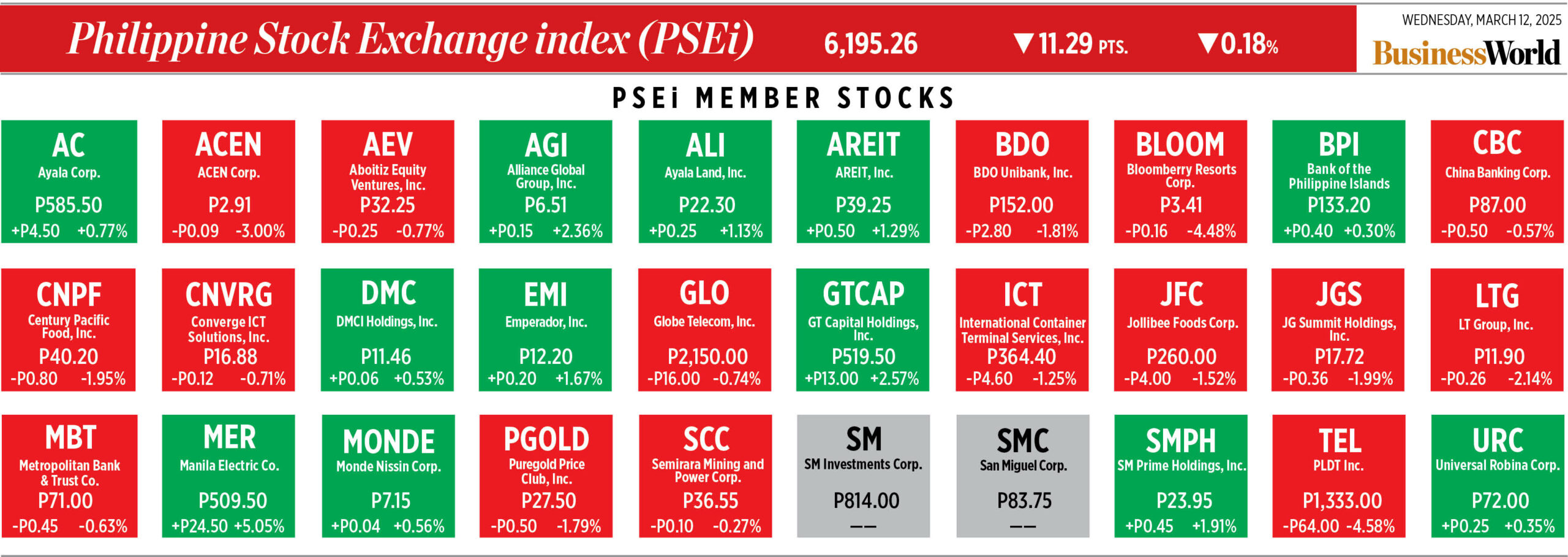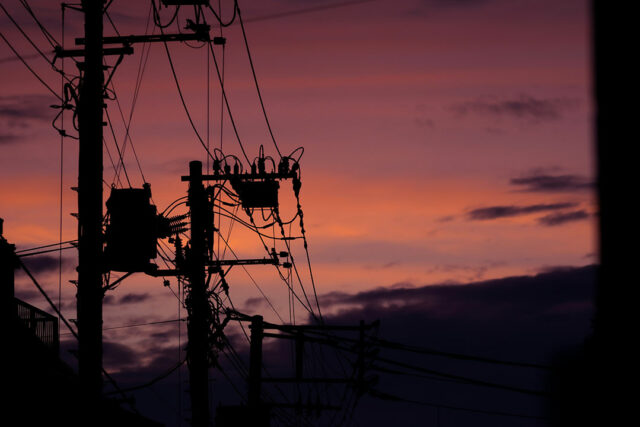AI-driven cybersecurity: a game changer for organizations in the Philippines
By Peerapong Jongvibool
DIGITAL TRANSFORMATION has unlocked significant opportunities for Philippine organizations to enhance customer experiences, optimize operations, and boost revenue growth. However, this progress also brings substantial cybersecurity risks.
A recent report by the ASEAN Innovation Business Platform (AIBP) in partnership with Fortinet titled “Cybersecurity in the Philippines” highlights these concerns. Among surveyed Philippine organizations, 45% identified cybersecurity and privacy concerns as top challenges associated with their digital transformation efforts.
As companies embrace the digital future, they face an increasingly complex threat landscape marked by more sophisticated and frequent cyberattacks. This reality has prompted many organizations to recalibrate their cybersecurity strategies and adopt measures to mitigate risks effectively.
While organizations deploy various security tools to safeguard their systems, the report revealed that Philippine organizations tend to rely heavily on best-of-breed (BOB) solutions rather than integrated platforms for their cybersecurity needs, as 65% of respondents noted. These solutions are primarily deployed for malware detection (83%), vulnerability management (75%), incident response (63%), threat intelligence (58%), and network monitoring (48%).
To effectively navigate the rapidly evolving cybersecurity landscape, organizations need a unified platform approach. Relying on multiple point solutions can hinder efficiency, as managing disparate security stacks, vendors, and siloed products often results in fragmented policies and isolated consoles. By adopting an integrated cybersecurity platform, organizations can streamline operations, improve visibility, and enable faster threat detection and response. This makes the role of artificial intelligence (AI) in cybersecurity even more critical, as it enhances the ability to identify and mitigate threats swiftly and effectively.
TRANSFORMING CYBERSECURITY WITH AI
Organizations in the Philippines recognize the need to strengthen their cybersecurity strategies. According to the report, three key priorities have emerged: reducing incidents through effective prevention (35%), increasing the speed of threat detection (27%), and enhancing authentication processes (17%). This is where AI emerges as a game changer.
By leveraging AI, organizations can harness intelligent algorithms and advanced machine learning models to process and analyze massive volumes of structured and unstructured data in real time. AI identifies patterns and anomalies that may signal an imminent threat, providing actionable insights at speeds and scales beyond human capability. For example, AI-powered solutions can correlate disparate data points across networks, detect zero-day vulnerabilities, and automate repetitive processes like alert prioritization and patch management. This enables security teams to focus on strategic, high-value activities, improving both the speed and effectiveness of threat detection and response.
Additionally, AI enhances authentication processes through advanced techniques like behavioral biometrics and continuous identity verification, reducing reliance on traditional static passwords. It empowers organizations to adopt a proactive cybersecurity posture, ensuring they can stay ahead of increasingly sophisticated cyber adversaries. By integrating AI into a unified platform approach, organizations in the Philippines can achieve greater operational efficiency and a more robust defense against evolving cyber threats.
AI also continuously evolves, learning from new data to enhance its ability to recognize and combat emerging threats. This adaptability is vital as cyberattacks grow more sophisticated. Additionally, automating cybersecurity processes with AI alleviates the strain on human resources, addressing the ongoing talent gap — a top challenge cited by 41% of surveyed cybersecurity leaders and senior IT executives in the Philippines.
With the advantages of AI, more than 75% of surveyed companies indicated plans to incorporate it into their cybersecurity operations within the next six to 12 months, reflecting its crucial role in empowering organizations to stay ahead of increasingly sophisticated threats.
THE INCREASING SHIFT TO AI-POWERED CYBERSECURITY TOOLS
As discussions about the transformative potential of AI in cybersecurity grow, some Philippine organizations have begun implementing AI-driven security solutions to secure their digital transformations. For example, almost 30% of surveyed organizations have adopted Secure Access Service Edge (SASE), while 50% are considering its implementation.
SASE is a cloud-based approach that combines key networking and security functions into one unified solution. By bringing together tools like secure internet access, cloud security, and advanced firewalls, along with secure access for remote users and devices, SASE ensures seamless protection for organizations’ data and systems, no matter where they are accessed. This approach gives businesses the flexibility and scalability to keep pace with the fast-changing needs of digital transformation.
When enhanced with AI, such as through solutions like FortiSASE, SASE provides consistent, AI-powered protection for both on-premises and remote users. This reduces configuration complexity while delivering robust security and threat mitigation.
Organizations that have adopted SASE in the Philippines highlighted its ability to provide enhanced security and threat protection as the key factors for implementation. As the cybersecurity landscape continues to evolve, tools like SASE, powered by AI, are becoming indispensable for safeguarding digital ecosystems.
With cybercriminals advancing their tactics and even leveraging AI to scale and enhance attacks, traditional security measures are increasingly becoming insufficient. Reactive approaches can no longer keep pace with the speed and sophistication of modern threats.
To stay ahead, organizations must embrace AI-driven security strategies. These tools are no longer optional but are critical for ensuring faster detection and response to threats, enabling organizations to remain resilient in the face of growing cybersecurity challenges.
Peerapong Jongvibool is the senior sirector of Fortinet Southeast Asia.





